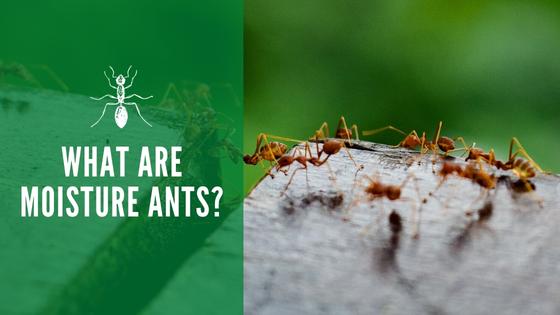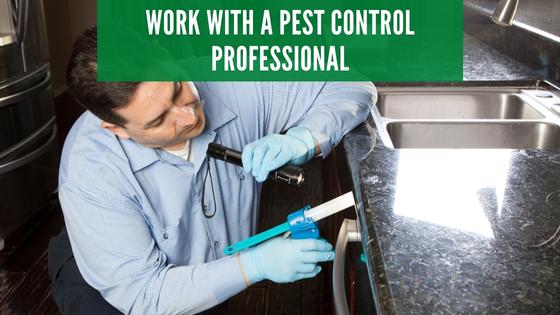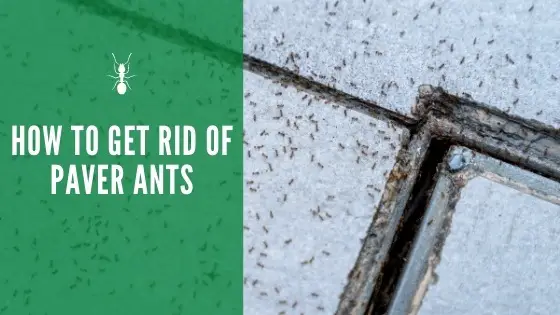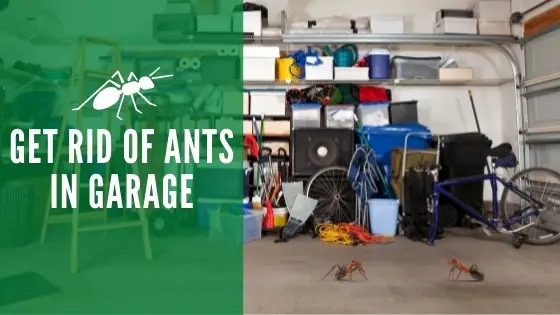What Are Moisture Ants?

Ants can pop up just about anywhere around your house, but you might still be surprised to discover them in areas away from the kitchen.
Moisture ants are often found during remodeling projects or while homeowners are deep cleaning. Exploring what makes these ants so different can help you get to the bottom of what is driving an infestation.
How to Identify Moisture Ants
One of the first signs that you are dealing with moisture ants is discovering these insects crawling around water-logged areas of your property.
They prefer to build their colonies outside, but it doesn’t take much for them to sidle up close to your home’s foundation or plumbing lines. If you find ants near soggy materials, you already have a good chance of them being moisture ants.
The ants that fall under this category sometimes belong to different species. However, they tend to have similar traits you can use to identify compared with other insects or ants.
Moisture ants often appear to have a yellow to light brown color. The workers all tend to be similar sizes, and they are typically on the tinier side at only one-eighth of an inch long. You’ll usually find them near moist building materials, where you can come across their nests.
If a moisture ant gets crushed, they tend to exude a scent that smells a lot like lemon or citronella. However, this light scent might be covered up by the odors generated by rotting building materials.
Keep in mind that moisture ants are often confused with termites. Although they can also cause damage to wood materials, moisture ants require different control methods compared to termites, which makes proper identification important.
What Attracts Moisture Ants
For the most part, moisture ants tend to live up to their name by only seeming to be mostly attracted to wet and soggy parts of a building. For instance, the citronella ant is known for opting out of feeding on pantry foods and going straight for water-laden foundations or lurking behind damaged bathroom tiles.
In the wild, moisture ants love honeydew melons, which you might have similar foods around your home. But, that’s not really what these ants tend to care about the most. They’ll head straight past the kitchen and inhabit basements, bathrooms, and other parts of a building with a warm, moist climate where they can have lots of access to water.
Are Moisture Ants Harmful?
Moisture ants rarely bite humans, but you could get painful welts if you encounter a large population that exposes you to them, and they take you for a threat. Instead, moisture ants cause the biggest harm to the building materials on your property.
Unlike carpenter ants, moisture ants can’t bore through dry hardwood. Instead, they’ve developed a destructive workaround that allows them access to wooden materials. Moisture ants sometimes carry damp soil to the areas where they want to build their colonies.
Over time, the build-up of soil near dry wood causes it to rot and break down. This not only causes the building materials to degrade but can also set up the perfect scenario for other invasive pests to move in. Termites may find that decaying wood an easy place to set up their colonies, too.
Moisture ants also tend to build their colonies beneath foundations. As they burrow through the soil, it can sometimes rise in the cracks of concrete foundations, and this tends to be most evident in basements and crawlspaces. If you find odd bits of soil in these areas, you may have a moisture ant infestation below the surface where they aren’t visible.
Getting Rid of and Preventing Moisture Ants
Allowing moisture ants to keep building their colony can lead to major structural damage if you give them enough time. Considering that moisture ant colonies can exist for 20 years or more, you’ll need to take action since they won’t easily disappear on their own.
You’ll need to begin your plan by first eliminating the existing ants. Then, you can continue with a few more steps to ensure the ants don’t return.
Use an Appropriate Insecticide to Kill Off Colonies
All species of ants tend to scatter when exposed to threats, so you’ll need to be extra cautious as you select your pest control method. Moisture ants tend to lurk in places hard for the average over-the-counter spray to hit.
Professional pest technicians often use special insecticides designed to reach moisture ants that exist below foundations, inside walls or behind other areas with difficult access.

Special spaying nozzles or products resembling foam insulation are often the go-to tools that technicians use to kill moisture ant colonies. Foam-based sprays can also benefit from blocking off potential entry points so that the ants can’t continue enjoying free access to a building.
Quality insecticides also have residual effects that continue to work for weeks or months. Although you may still need to spray again in the future, these reduce the frequency of having to plan for professional visits. Connect with a local pest control professional
Remove Water-Logged Building Materials
The next step is to eliminate potential nesting sites for the ants. If the infestation has gone on for a long time, there could be significant damage around your property. Water-soaked or damaged materials will need to be removed.
This not only helps to keep the ants away, but it can also help restore the structural integrity of your home and its value.
As you begin the restoration part of the control plan, consider replacing damaged materials with other types more resistant to ants. For instance, using specially treated wood could help prevent future rot.
Fix Leaky Plumbing and Other Water Sources
The final step in your plan is to correct any problems that cause moisture to build up on the property. Leaky plumbing fixtures near the foundation or behind walls could allow moisture to build up that attracts ants.
There is also the possibility that water run-off outdoors that leads to the building has created a moist environment near the basement or foundation. If necessary, install or clear drains on your property’s outer parts that stop this from happening.
As a final note, remember that ant control tends to be tricky since these insects can exist beneath the ground where populations can grow out of your sight. Add regular ant inspections to your list of items to complete during your seasonal maintenance routine. You’ll be more likely to catch moisture ant problems before they cause serious damage that is costly to repair.



